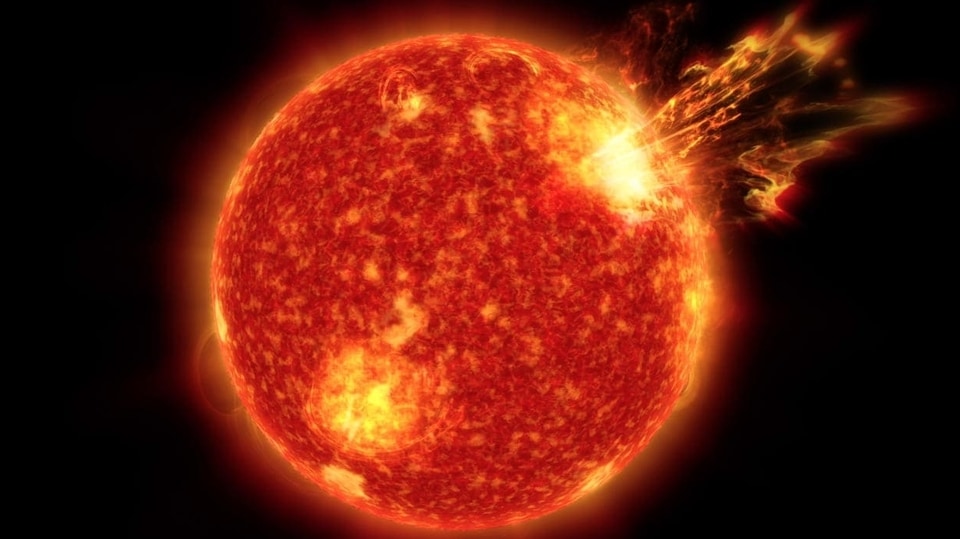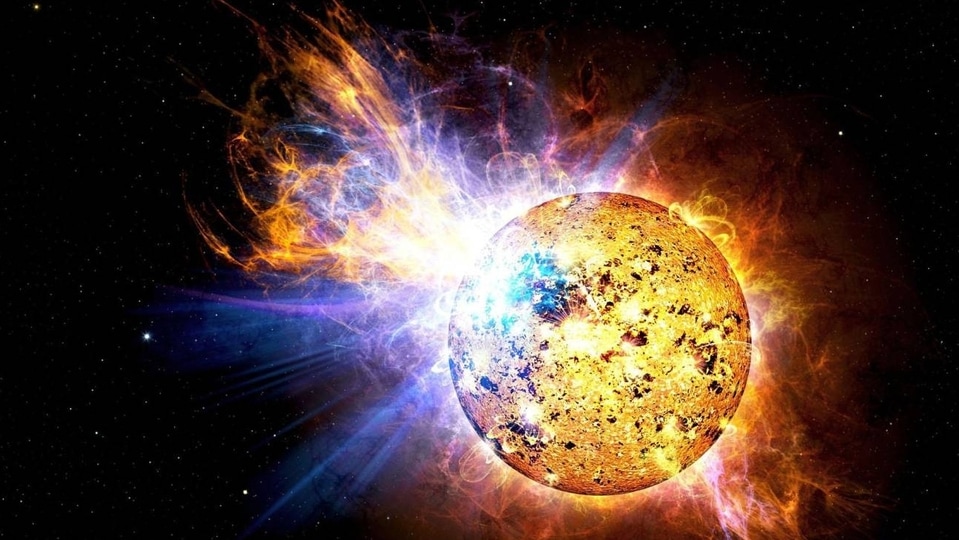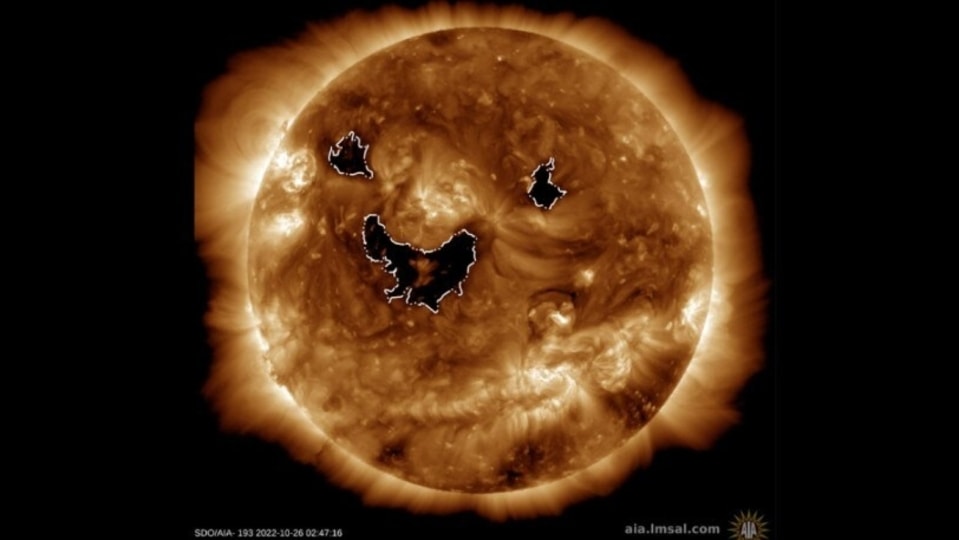Earth will get under 20 min solar storm warning before it hits power grid
The world may have as little as 20 minutes to prepare for a solar storm.

_1658567219974_1658567228615_1658567228615.jpg)





 View all Images
View all ImagesThe world may have as little as 20 minutes to prepare for a solar storm that could severely impact power grids, it has been revealed. With solar activity expected to reach its peak in 2025, Earth's energy grids may not be adequately equipped to handle the consequences, The National News reported.
The powerful bursts of energy emitted by the Sun during solar storms have the potential to cause physical damage and trigger magnetic storms that disrupt systems on the ground. Unfortunately, long-range forecasting in this field is currently inadequate, according to an official from the UK's Met Office, which is responsible for predicting space weather.
While short-term forecasts are relatively accurate, predicting events over a longer timeframe proves challenging.
Solar storms can also harm satellites, leading to disruptions in broadcasting and navigation on Earth. In the past, a large solar flare in 2003 affected air travel in the UK and caused power outages in Sweden. Although the UK's national risk register categorises solar storms as a medium-grade threat, the previous solar cycle passed without any major incidents. In 2012, a significant flare narrowly missed the planet.
As the Sun's 11-year cycle nears its "solar maximum" once again, eruptions of energy are becoming more frequent. Just last week, NASA reported a powerful solar flare. Some solar flares release radiation that travels at the speed of light, making it impossible to observe and forecast their arrival. Instead, experts can estimate their probability.
Happy #SunDay! This week's space weather report includes:
— NASA Sun & Space (@NASASun) June 25, 2023
· 1 C-class solar flares
· 15 M-class flares
· 1 X-class flare
· 23 coronal mass ejections
· 1 geomagnetic storm
This video from NASA's Solar Dynamics Observatory shows activity on the Sun over the past week. pic.twitter.com/ZVymmmCm2u
A massive eruption of plasma called a coronal mass ejection takes longer to reach Earth but can disturb its magnetic field. Spacecraft positioned about 1.5 million kilometers away from Earth, at a point known as Lagrange 1, can detect an approaching storm. However, until last-minute measurements are obtained, the scale of impact remains uncertain.
Matthew Hofton from the National Grid ESO, the electricity system operator, revealed that a severe solar storm could damage up to 20 transformers. In the event of a one-in-50-year storm, power cuts could occur, while a once-in-a-century event could result in parts of the network being disconnected for weeks. Additionally, high-voltage interconnector cables that connect electricity grids between countries are also at risk, quoted by The National News.
Although a catastrophic long-term hit is deemed unlikely, concerns persist regarding the untested equipment's ability to withstand a major geomagnetic storm.
Catch all the Latest Tech News, Mobile News, Laptop News, Gaming news, Wearables News , How To News, also keep up with us on Whatsapp channel,Twitter, Facebook, Google News, and Instagram. For our latest videos, subscribe to our YouTube channel.

























